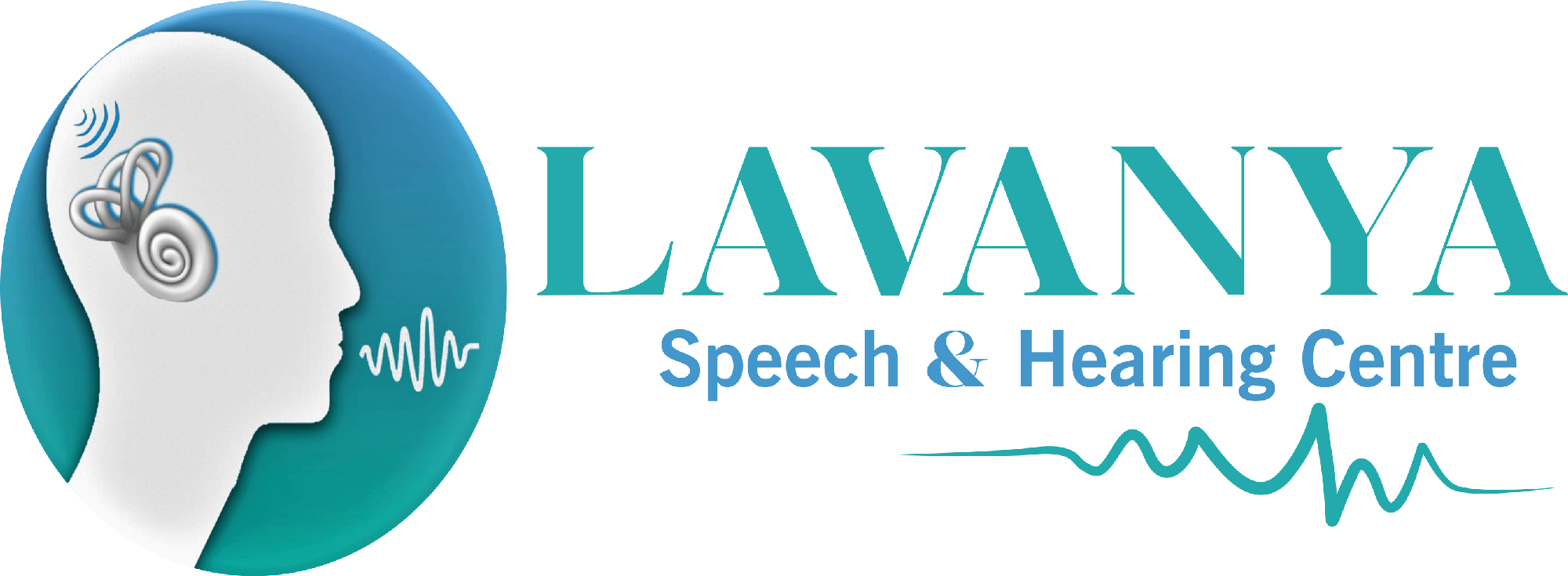
Understanding the Link Between Vertigo and Ear Disorders
Vertigo is a condition characterized by the sensation that you or your surroundings are spinning, despite there being no actual movement. This condition is closely linked to issues within the ear, particularly the inner ear, which plays a crucial role in maintaining balance. This blog explores the anatomy of the inner ear, common ear-related conditions that can lead to vertigo, and the approaches for diagnosis and treatment.
Anatomy of the Inner Ear
The inner ear is critical for both hearing and balance. It comprises the cochlea, which is part of the auditory system, and the vestibular system, which includes three semicircular canals filled with fluid and fine hair-like sensory cells. These canals are instrumental in detecting rotational movements of the head, thus helping maintain balance.
Common Inner Ear Issues Leading to Vertigo
Several ear disorders can disrupt the balance mechanisms and cause vertigo. The most common is benign paroxysmal positional vertigo (BPPV), where small calcium particles known as carnallites become dislodged and enter the semicircular canals. This displacement causes false signals to be sent to the brain about the body's position, leading to the sensation of spinning or falling.
Meniere's disease is another condition marked by an abnormal fluid distribution in the inner ear, leading to vertigo, hearing loss, tinnitus (ringing in the ears), and a feeling of fullness in the affected ear. Inflammation of the vestibular nerve or the labyrinth, as seen in vestibular neuritis and labyrinthitis, also results in vertigo along with nausea and balance issues.
Diagnosis and Treatment
Diagnosis typically begins with a detailed history and examination by a healthcare provider, often an ENT specialist. Diagnostic tests may include hearing assessments, the Dix-Hallpike maneuver for BPPV, and caloric testing to evaluate vestibular function.
Treatment varies depending on the underlying cause. For BPPV, maneuvers such as the Epley maneuver can reposition the dislodged particles. In more persistent cases, medications to suppress vestibular activity and alleviate nausea may be prescribed. Lifestyle modifications, like diet adjustments and stress management, can be beneficial for conditions like Meniere’s disease.
Conclusion
Understanding the connection between ear issues and vertigo is essential for effective management and treatment. With accurate diagnosis and tailored treatment plans, individuals can significantly improve their quality of life.
Lavanya Speech & Hearing Center's Commitment to Better Hearing and Balance
At Lavanya Speech & Hearing Center, we offer comprehensive hearing solutions to the community in Jaipur and beyond. Our range includes a variety of hearing aids designed to meet different needs, from invisible and rechargeable models to digital and analog hearing aids in Jaipur. Our aim is to enhance your hearing and balance, helping you overcome challenges related to hearing problems. Explore our solutions and regain control over your life with the support of our expert team.
Revolutionizing Clarity: Noise Reduction in Hearing Aids
Our hearing aids not only make sounds crystal clear but also are comfortable to wear, blending seamlessly into your ...
Understanding the Link Between Vertigo and Ear Disorders
Our range includes a variety of hearing aids designed to meet different needs, from invisible and rechargeable mode ...
7 Ways to Protect Your Hearing from Damage
Hearing impairment is one of the most common chronic health issues in India. WHO estimates that approximately 63 mi ...

.gif)
.jpeg)